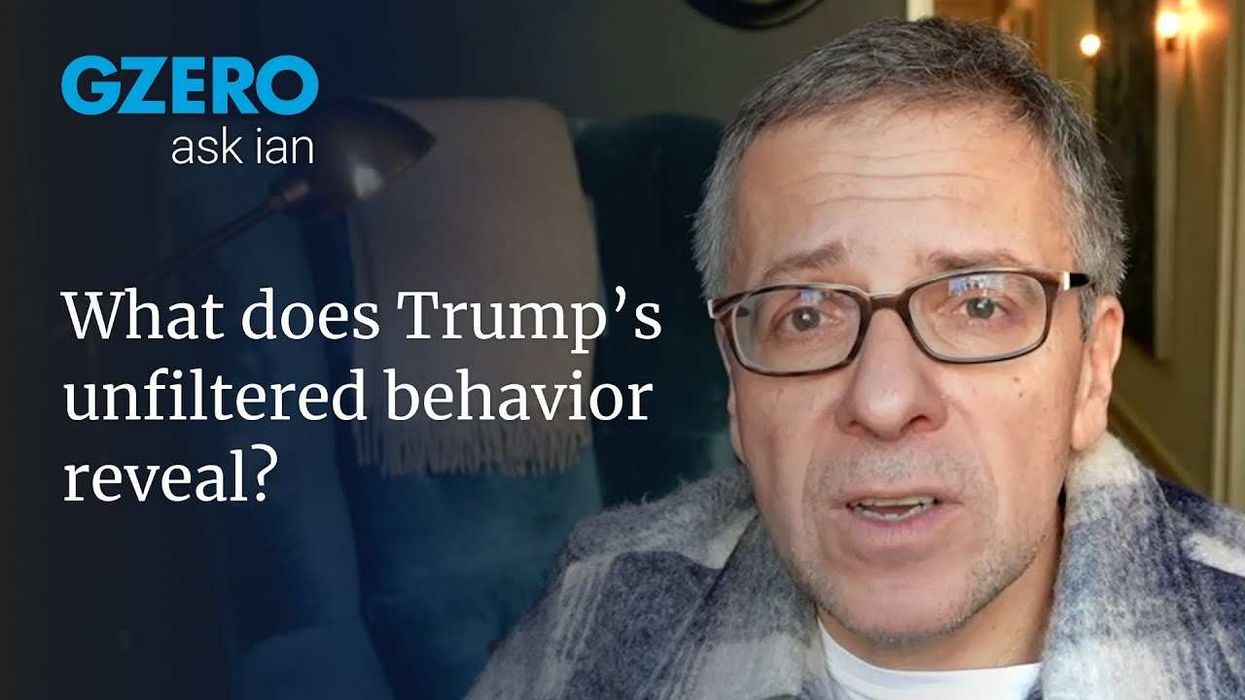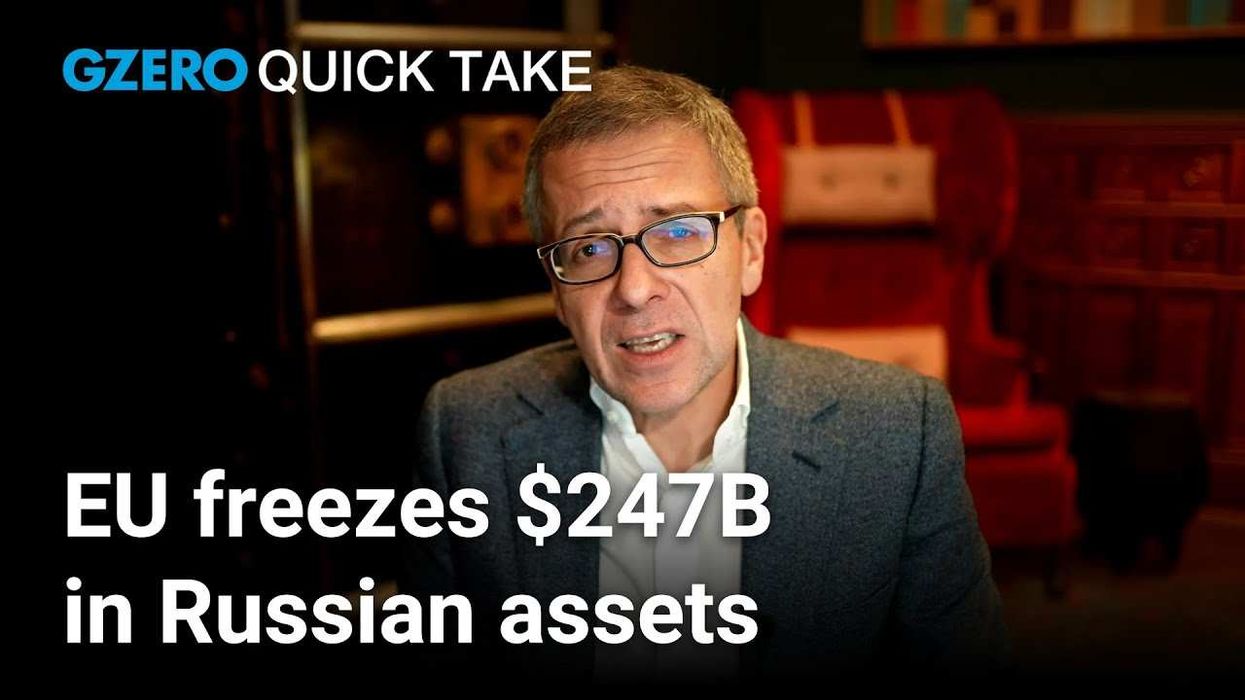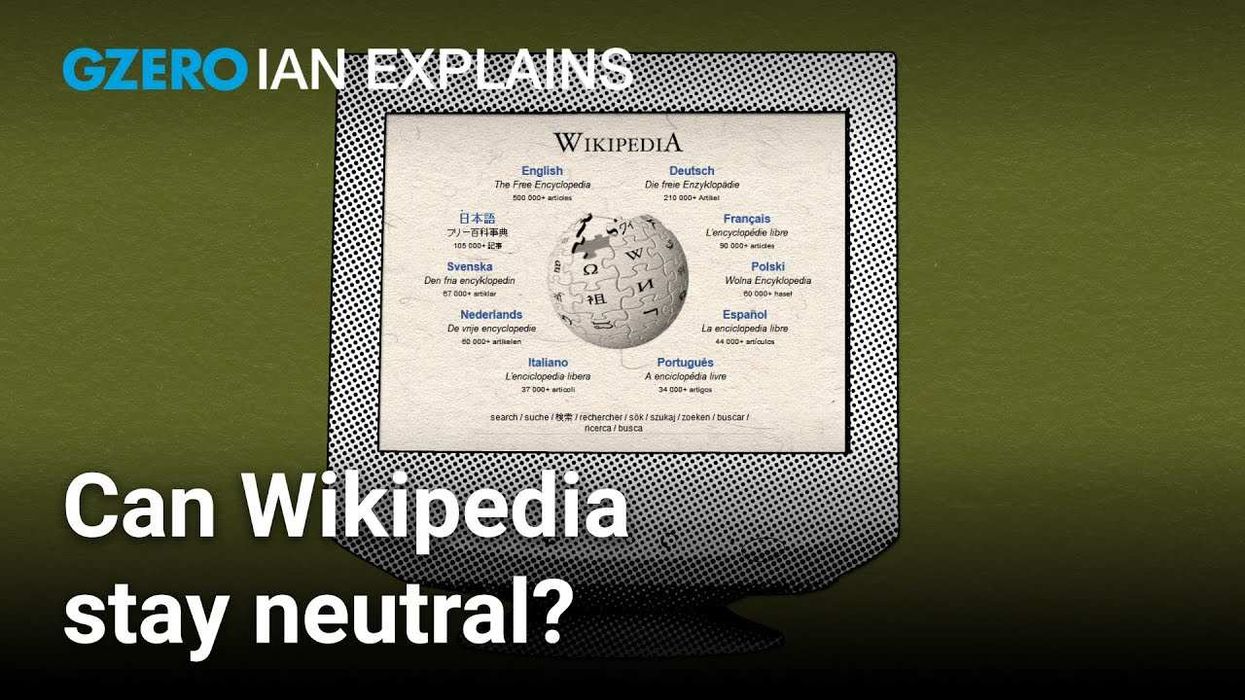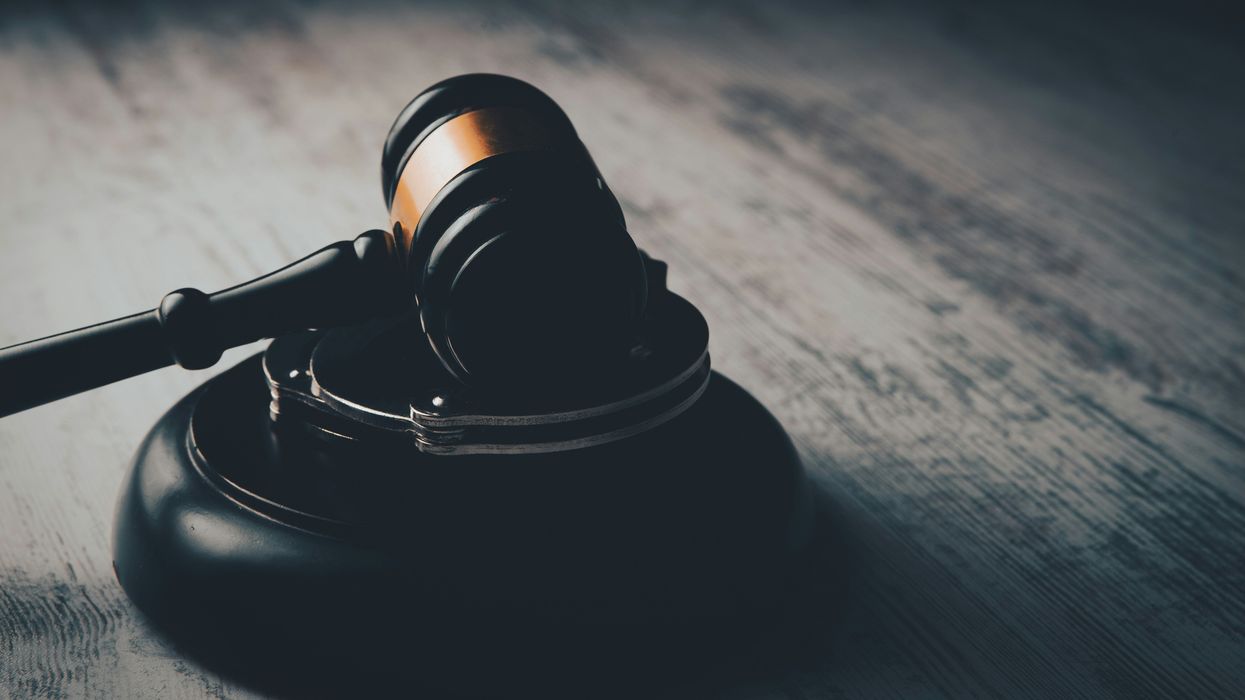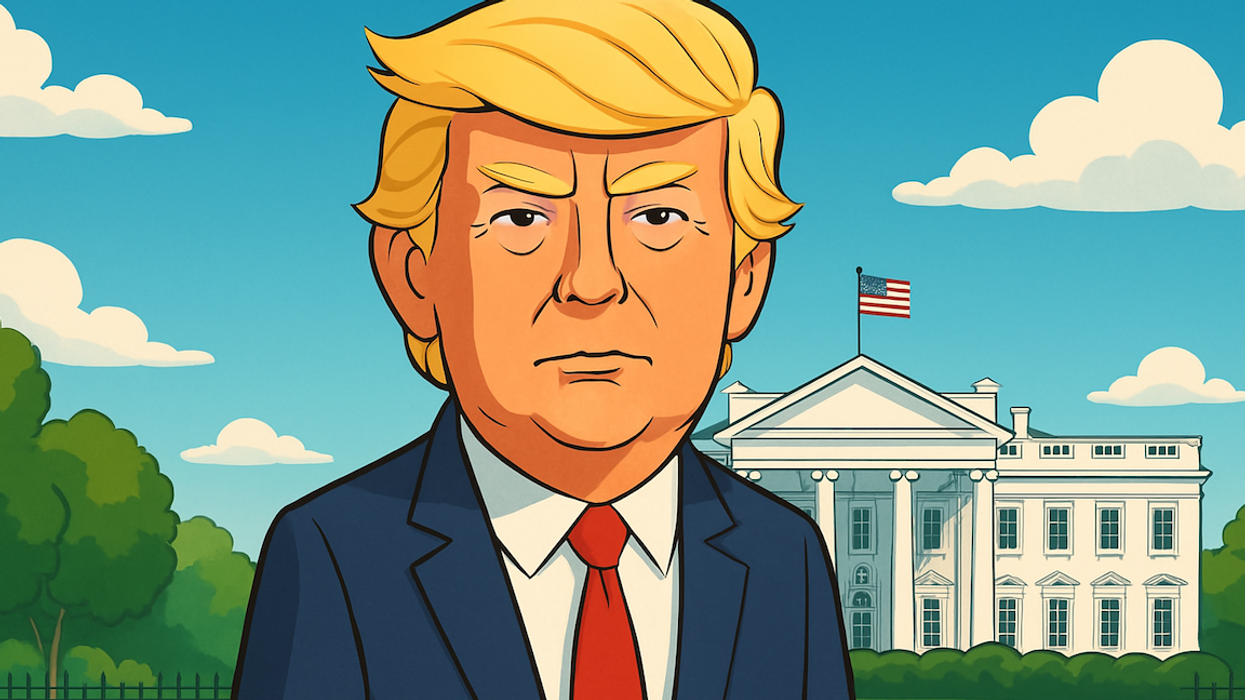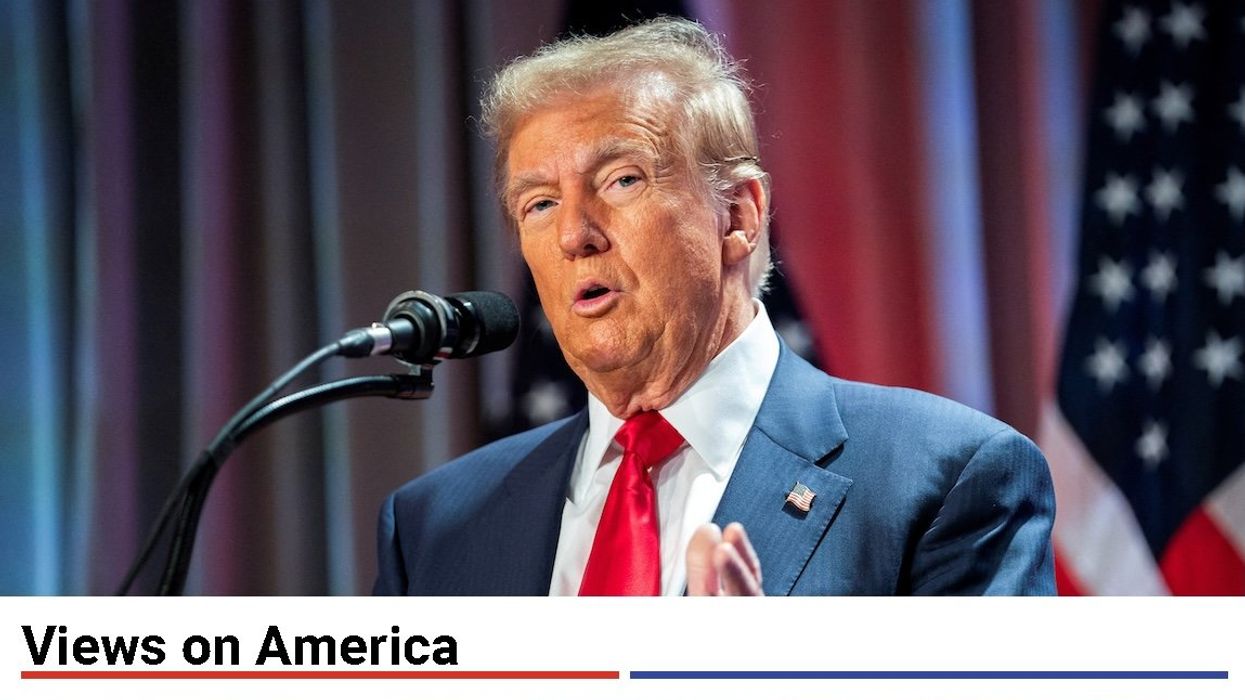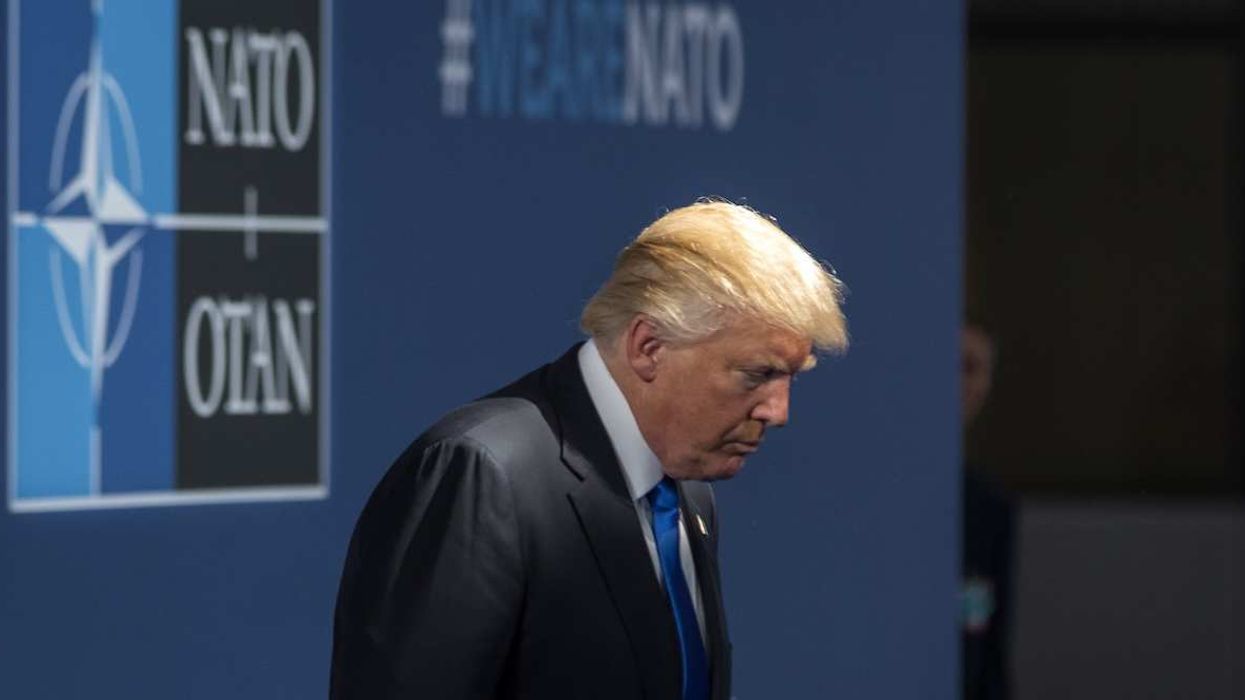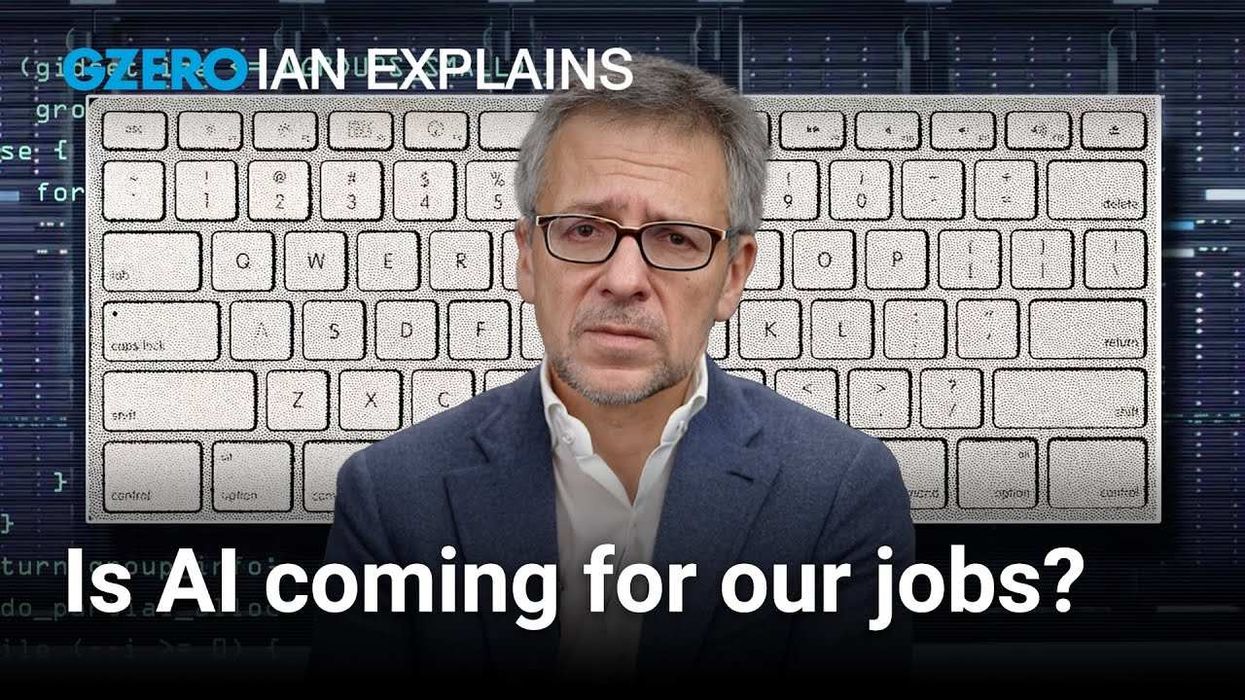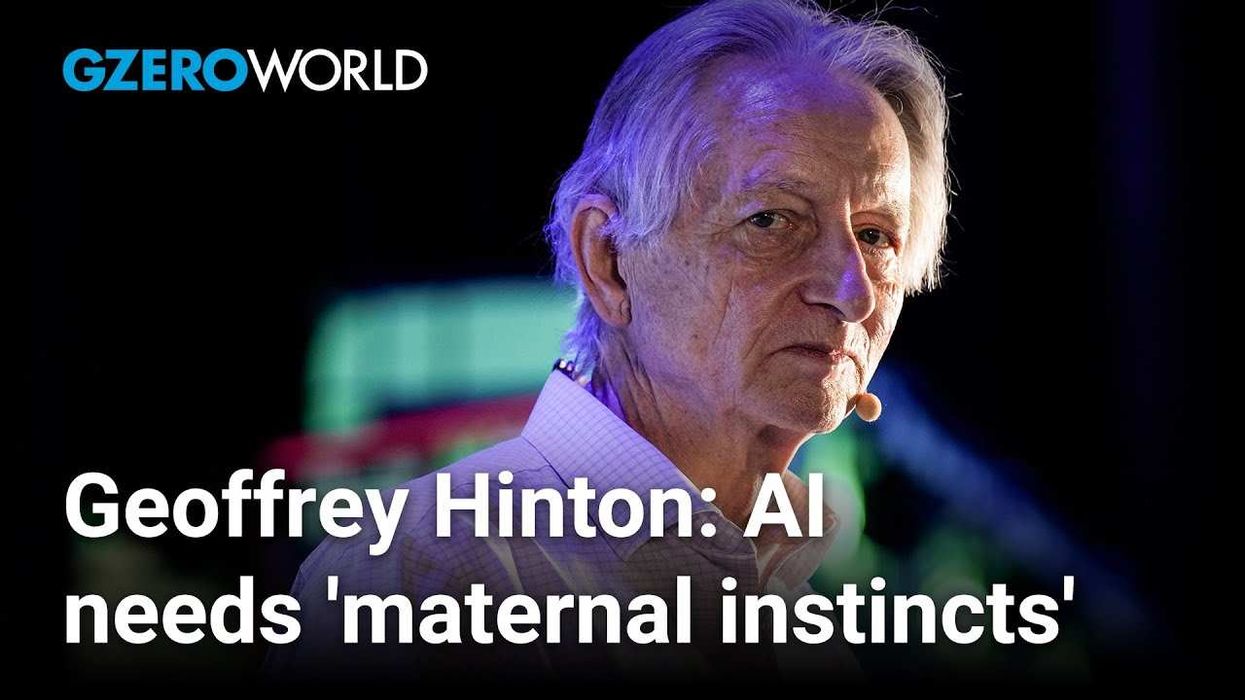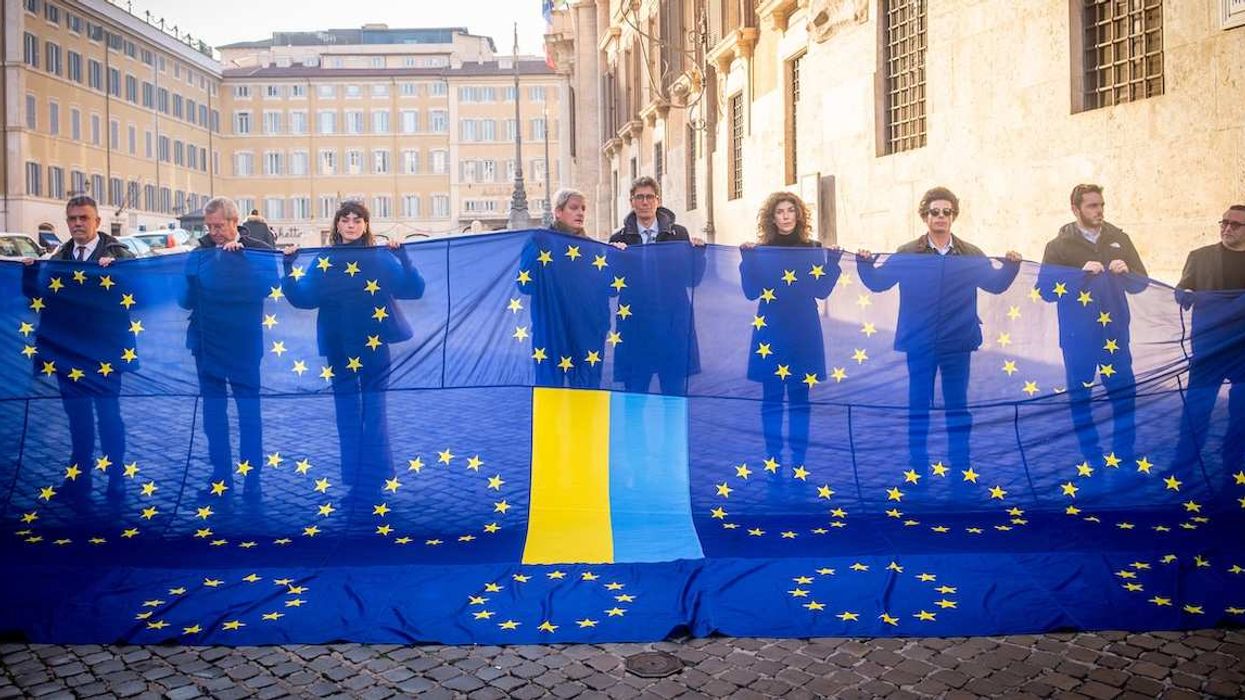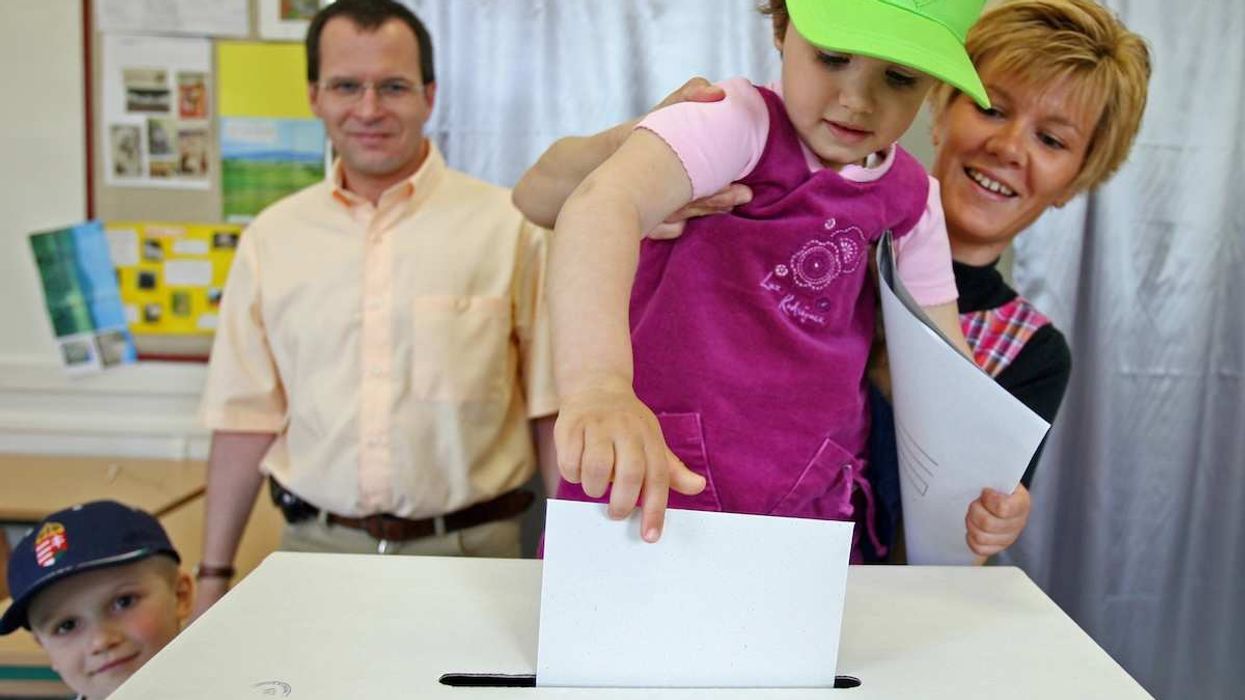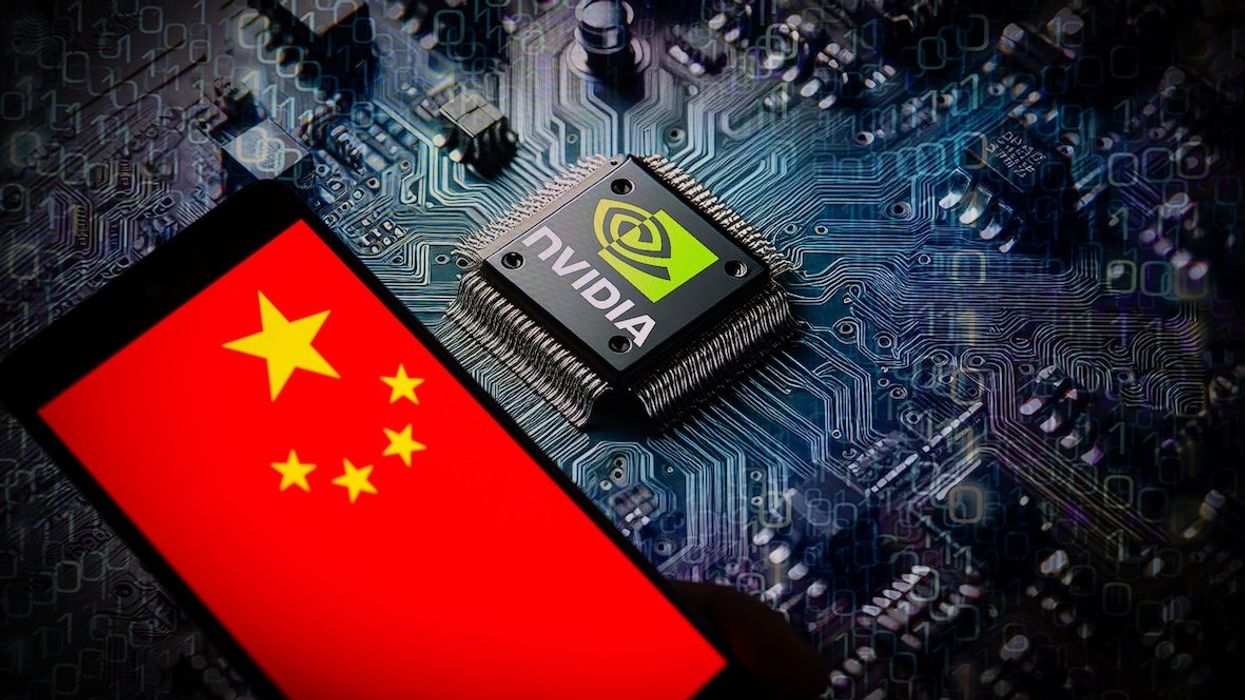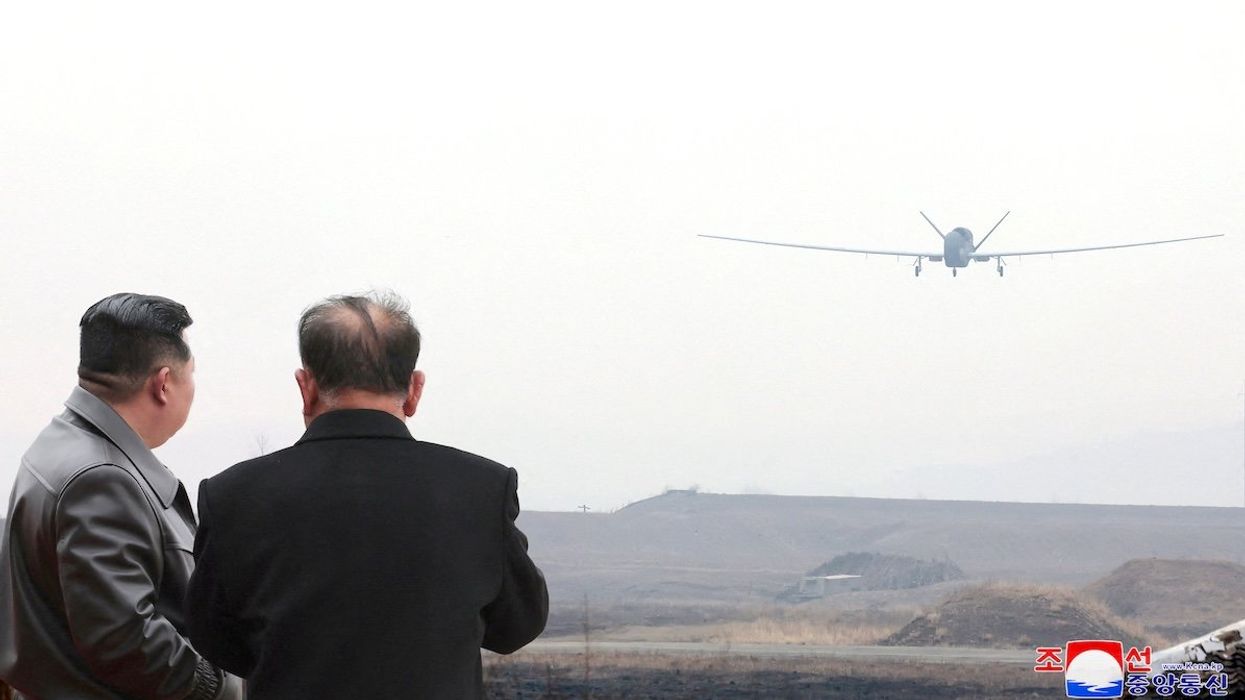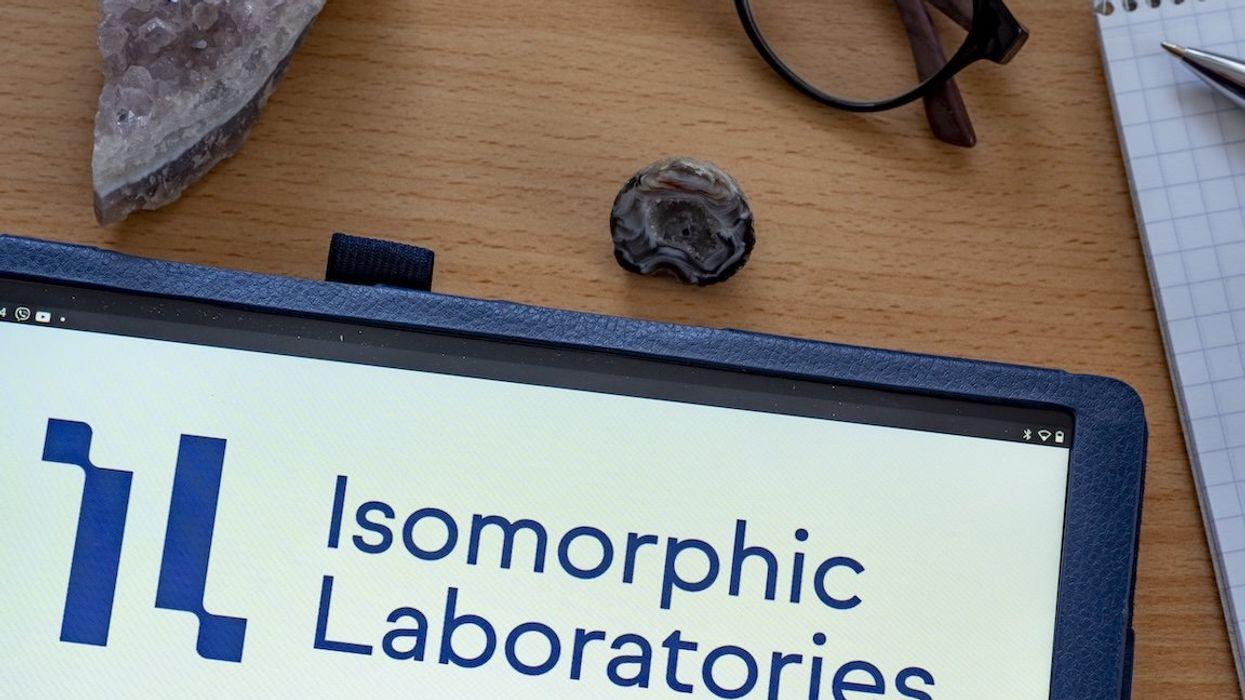Some startups like Runway and Pika have made AI video models available to the public, but video generation as a whole has further to go than image and text generation. There are more visual clues in videos that can show something isn’t 100% authentic: blurry spots, lag, discontinuity between frames, object impermanence, or other visual oddities are often present.
We’ve seen deepfake images and audio of Donald Trump and Joe Biden, AI voices in Pakistan, and AI avatars in Indonesia. While deepfake videos haven’t yet been prevalent, they’re almost certainly the next frontier. Ahead of an interview with Sen. Amy Klobuchar, CNN anchor Jake Tapper deployed a convincing deepfake version of himself, and Miles Taylor, the former Department of Homeland Security chief of staff, warned in Time Magazine that a deefpake video could be this election season’s “October surprise.”
If a deepfake video doesn’t sow chaos during the upcoming US election, it’s almost sure to disrupt an election somewhere in the world very soon.


